Sex, lies and orchids
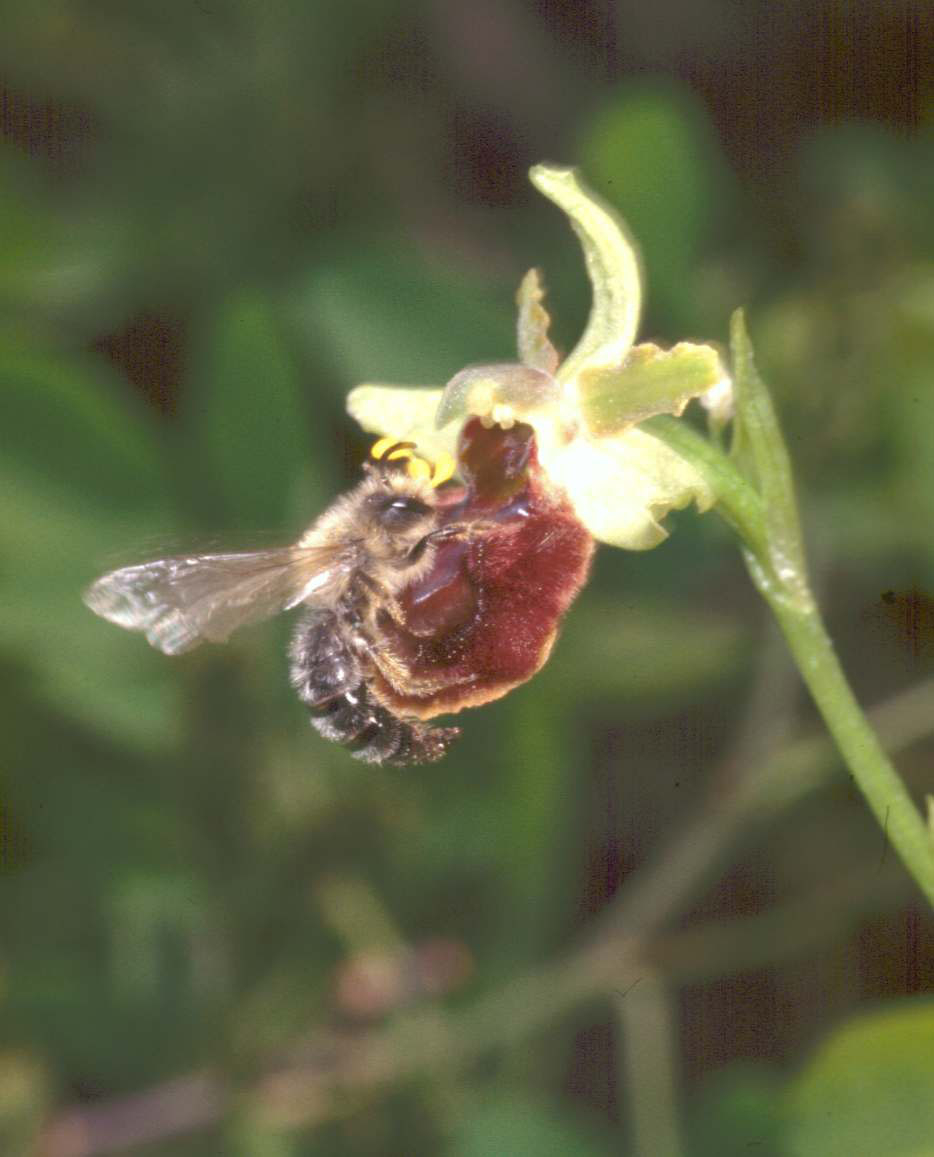
Scientists have found out why orchids resort to sexual trickery to lure in male insects - it leads to a more efficient pollinating system.
The international study, involving Zurich University’s Florian Schiestl, is published in the January edition of The American Naturalist.
“Orchids are special. They are maybe the world champions in having evolved diversity of pollination systems,” Schiestl, a professor at the university’s Institute of Systematic Botany, told swissinfo.ch.
Most flowering plants reward pollinators, such as bees, wasps and flies, with nectar. Some, including certain orchids, resort to what is called food deception, producing flowers that look or smell like food, to lure insects in.
Other orchids, however, resort to sexual deception, in which the flower mimics a female insect, thus encouraging the male to attempt to mate with it. The males thus collect the pollen on their bodies and fertilize the next orchid they visit.
But scientists were puzzled about the sexual strategy. “It is unusual in many respects as it only involves male pollinators, no females, and it is very specific, so these plants only use one or a handful of pollinator species, which is in a contrast to other reproductive systems,” Schiestl said.
Limiting its chances?
This means an orchid mimicking a female mining bee is only going to attract a male of that species rather than many insects. This would seem to be limiting its reproductive chances.
“We know the evolutionary direction – that food deception evolved from food reward and sexual deception from food deception… so the key question is what is the advantage of sexual deception over food deception?” said Schiestl.
To find out, the professor and his colleagues investigated patterns of pollen removal and deposition in 31 orchid species of various reproductive strategies in Italy and in Western Australia.
They were able to do so, explained Schiestl, because orchids offer their pollen in little packages called pollinia, which can be counted. The scientists then calculated the “pollen transport efficiency” between the orchids.
“We found that the sexually deceptive orchids are significantly more efficient than the food deceptive orchids,” Schiestl told swissinfo.ch.
“Sexy” triumph
This means that a higher percentage of pollen taken from the “sexy” orchids made it back to another orchid of the same species.
Orchids with many pollinators had more pollen taken away, but more was lost between flowers – through being dropped or being taken to the wrong plant.
In sexually deceptive orchids only five to ten per cent of plants in a population become pollinated, which seems very low, said Schiestl.
But as they are perennials, living up to ten years, these orchids have multiple chances of becoming fertilised.
“Although pollination happens rarely, it is efficient and that works for plants that live a fairly long time,” he explained.
Rarity
Orchids resorting to sexual trickery are quite rare. Of the 30,000 species of orchid known, around one-third are deceptive, mostly using food. An estimated 1,000 use sex. There are, however, still many orchids whose pollination system remains a mystery.
Switzerland has five sexually deceptive orchids of the genus Ophrys.
Schiestl says further investigation is needed to find out just what causes the “sexy” orchids’ good performance.
“One hypothesis is that it is this high specificity that drives the good performance in pollen export because if you only involve a few pollinators, it seems more likely that your pollen moves to individuals of the same orchid species.”
It seems that by using sex, an orchid ensures that an insect makes a more direct beeline to the next flower.
“Pollinator fidelity” has also evolved many times in other plant families, said the academic.
“So it would be very nice to really identify what drives the evolution of highly specific pollination systems.”
Isobel Leybold-Johnson, swissinfo.ch
There are around 30,000 species of orchid, ranging from very small to the large and more brightly coloured. According to the Royal Botanic Gardens at Kew in London, 8% of all flowering plants are orchids and they are found in most climates around the world. 10% are said to be endangered in their natural habitats.
Orchids used were prized as exotic and beautiful flowers – people spent years searching for new types in the 19th century – but are now widely available.
There may be up to 5,000 orchids that are not yet discovered, according to the Royal Botanic Gardens. Most of these are found in tropical areas where forest is being cut down. New species such as the bright purple Phragmipedium kovachii, discovered in Peru in 2002, caused much excitement among orchid experts and made newspaper headlines.

In compliance with the JTI standards
More: SWI swissinfo.ch certified by the Journalism Trust Initiative

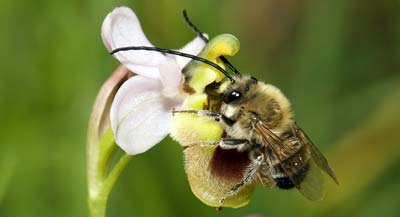
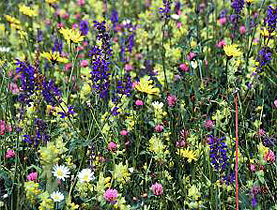
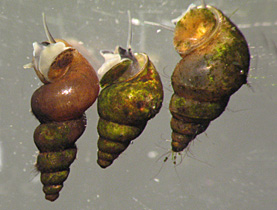
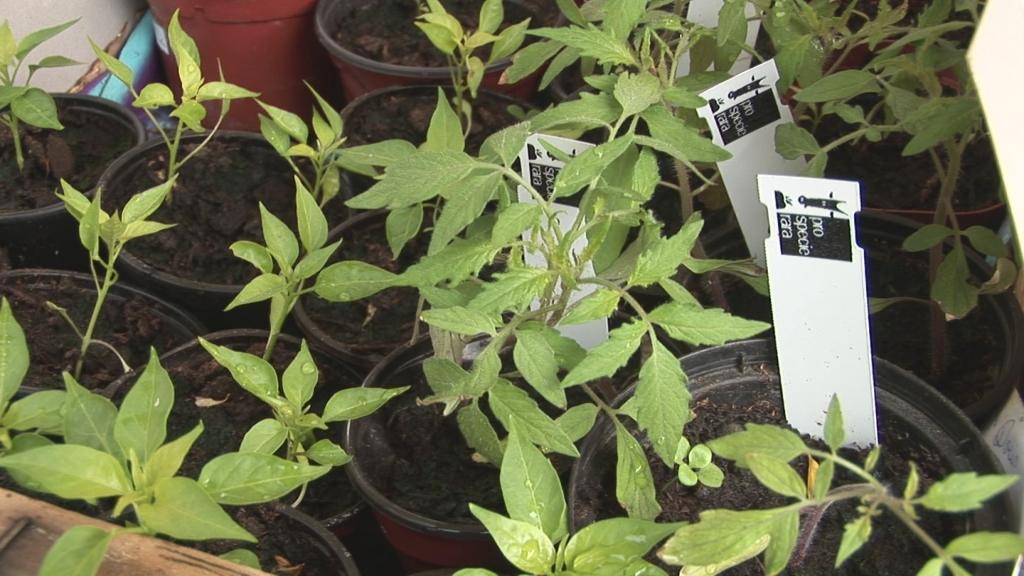
You can find an overview of ongoing debates with our journalists here. Please join us!
If you want to start a conversation about a topic raised in this article or want to report factual errors, email us at english@swissinfo.ch.